Vintage Anatolian Jijim Rug 8' 2" x 10' 3" (98" x 123")
Type:
Kilim RugsCollection:
JijimsID:
K0060606Size:
Thickness:
0.2"Material:
Colors
- Warm Tones: The rug features rich, warm colors such as deep reds, oranges, and pinks, evoking feelings of warmth and comfort.
- Circular Contrast: Bright greens and blues provide vibrant contrasts against the warmer tones, creating dynamic visual interest.
- Neutral Balance: The addition of black and white outlines around the motifs adds balance and sharpness to the overall color scheme.
Colors
- Warm Tones: The rug features rich, warm colors such as deep reds, oranges, and pinks, evoking feelings of warmth and comfort.
- Circular Contrast: Bright greens and blues provide vibrant contrasts against the warmer tones, creating dynamic visual interest.
- Neutral Balance: The addition of black and white outlines around the motifs adds balance and sharpness to the overall color scheme.
- Harmony: The interplay of these colors harmonizes to create an inviting and lively atmosphere, making the rug a focal point in any space.
Design Elements
- Geometric Patterns: The rug is characterized by repetitive geometric motifs, including diamonds, zigzags, and other shapes. This reflects the traditional weaving style and cultural heritage.
- Symmetry: The symmetrical arrangement of colors and shapes creates a sense of organization and coherence in the design, drawing the eye across the surface in a balanced manner.
- Motifs: The use of specific motifs symbolizes cultural beliefs and natural elements, such as fertility, protection, and abundance.
- Textured Appearance: The layering of colors and patterns gives the rug a textured look, evoking a sense of depth and richness.
Symbolism of Main Motifs
- Diamond Shape: Represents a connection with the divine and brings good luck; often associated with protection.
- Zigzag Patterns: Symbolize the flow of life, the movement of water, and the energy of nature; often interpreted as pathways or borders.
- Star Motifs: Emphasize guidance and celestial connections, representing hope and new beginnings.
- Cross Symbols: Often represent the intersection of different worlds or the connection between earthly matters and spiritual realms.
Summary
This rug showcases a vibrant interplay of colors, combining warm tones with contrasting cool hues to create a dynamic visual appeal. Its geometric design elements, including symmetrical arrangements and intricate motifs, reflect cultural symbolism that conveys themes of protection, abundance, and the interconnectedness of life. The motifs serve as a visual language, enriching the rug’s aesthetic while also preserving traditional meanings.
- Ships in 1-4 business days
- Only one in stock, handmade, unique
- Free shipping. Easy returns
- Contact us or add a note to your order if you want us to delay your shipping.
- Request more info if you want this rug shorter or narrower
Colors may appear slightly different across various monitors due to screen settings device differences, and external lighting conditions. If color accuracy is important for your space, we recommend viewing the rug on multiple devices or contacting us for a detailed color description. We can provide detailed photos and references using Sherwin-Williams, Benjamin Moore, Pantone, or even Crayola crayons.
You can also visualize most of our products in your own room with AR (augmented reality) on an iPhone or iPad.
Return Policy
Need a rug pad? We recommend RugPadUSA
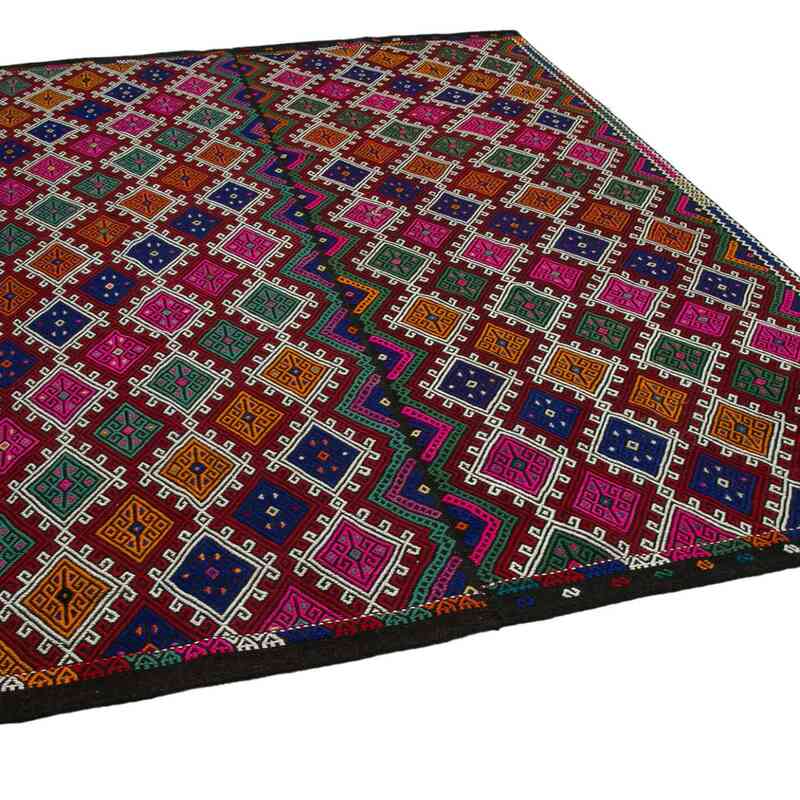
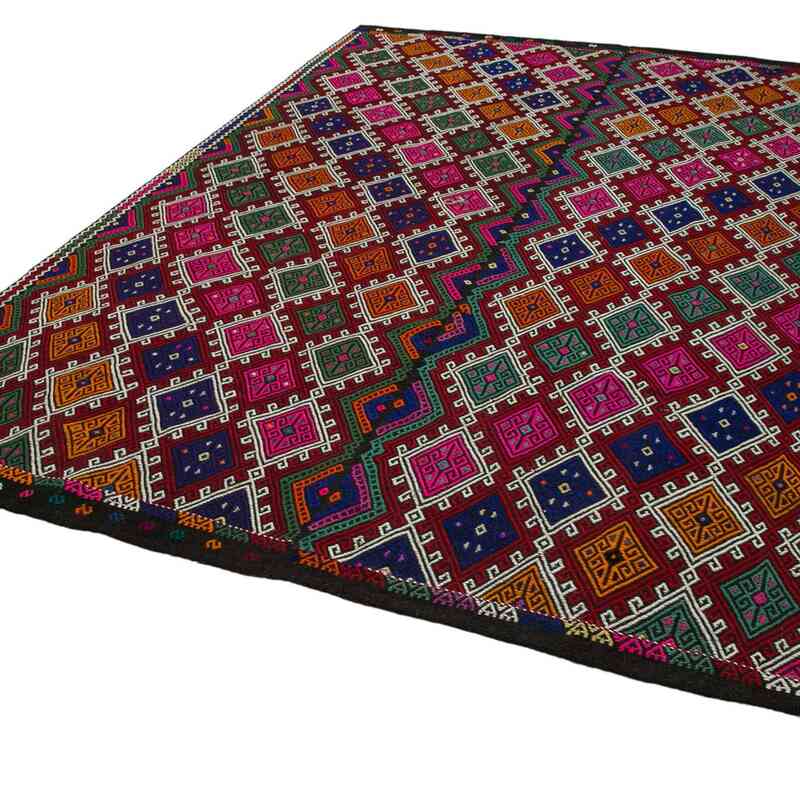
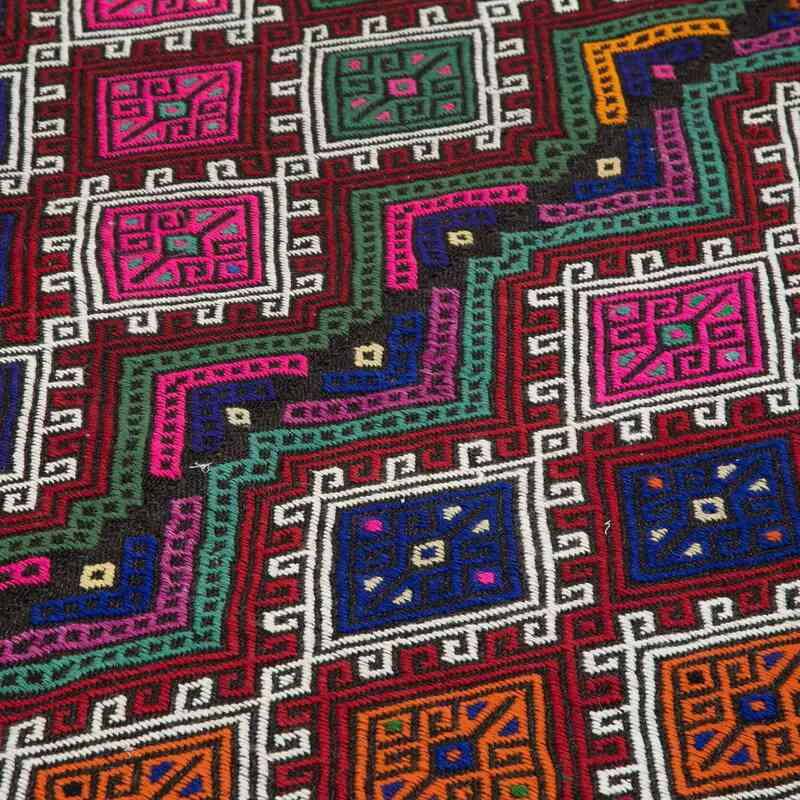


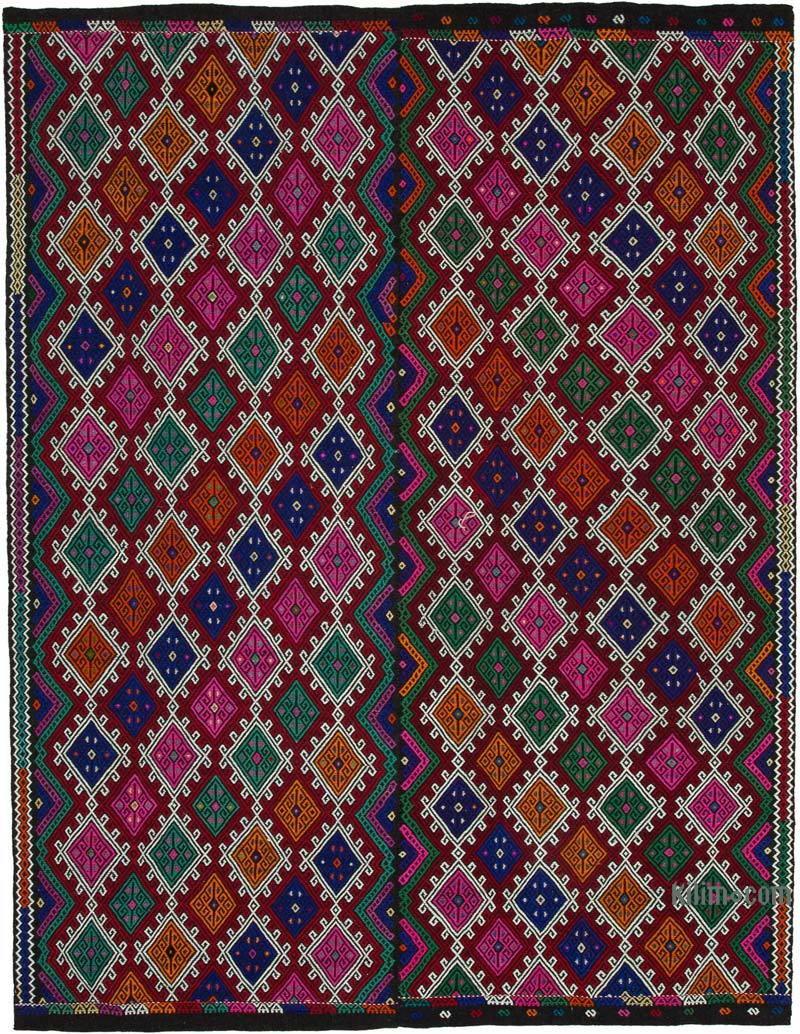
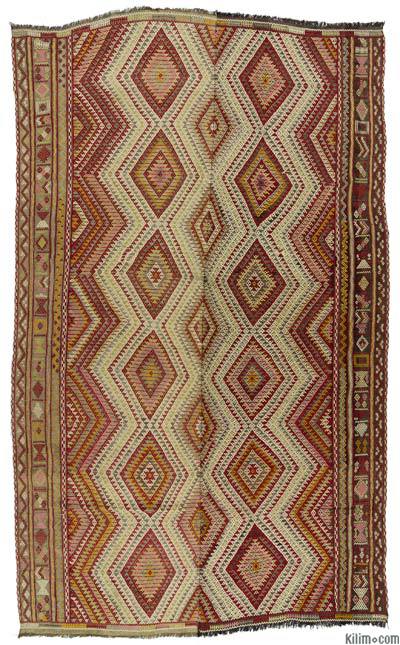
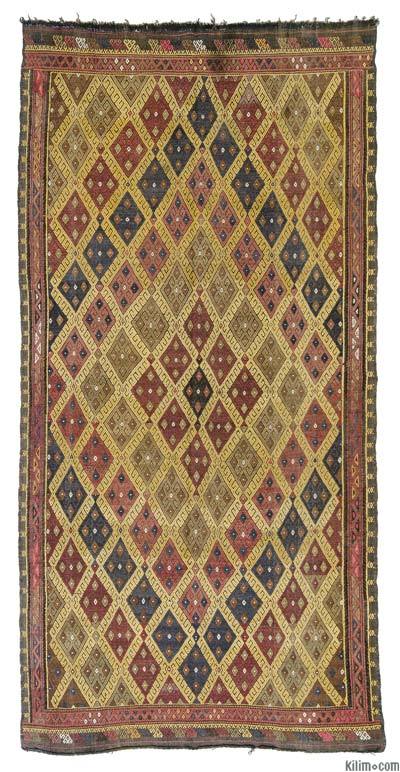
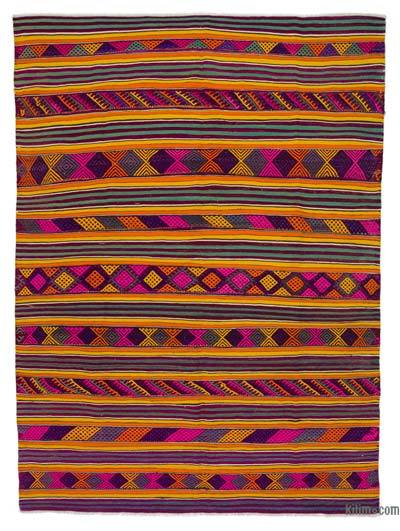
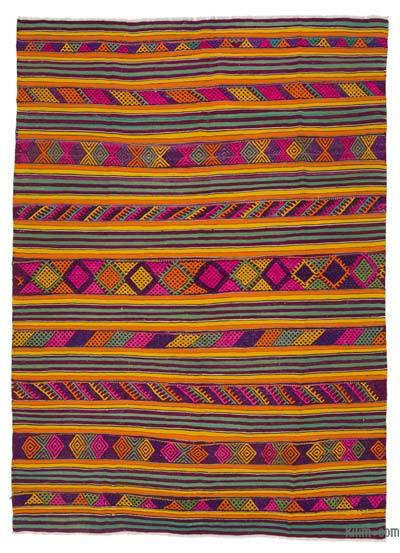
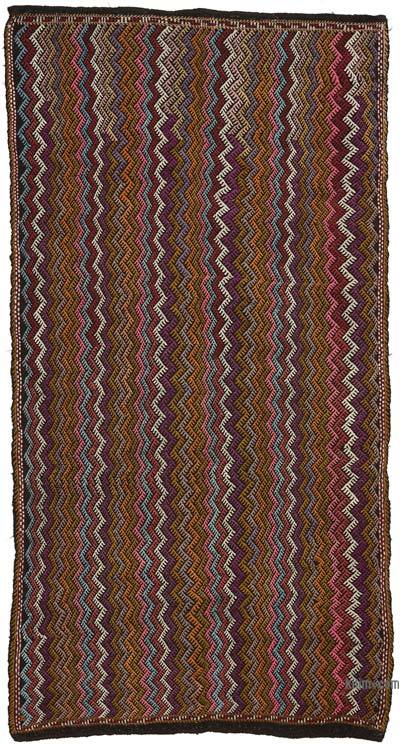


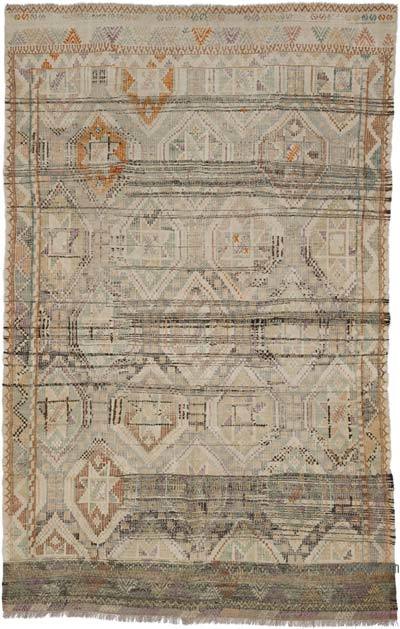

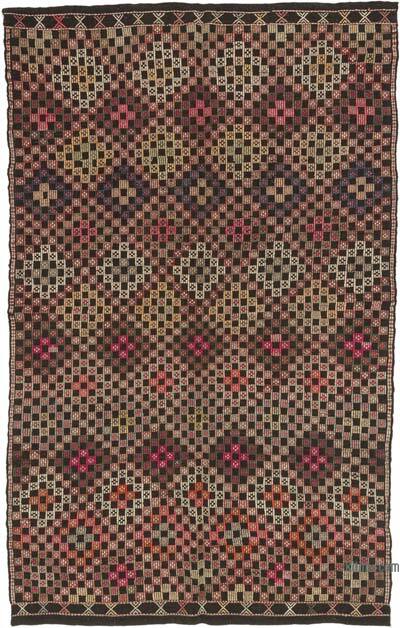
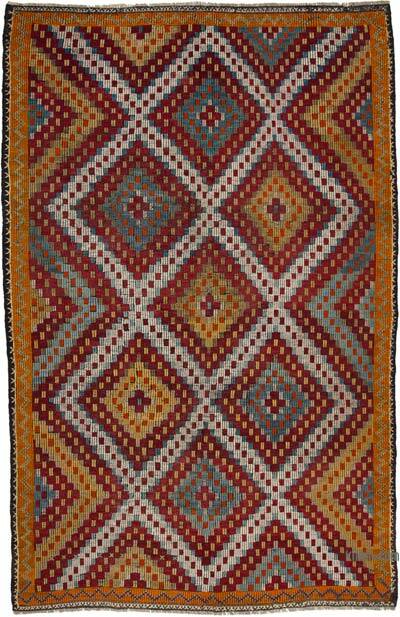
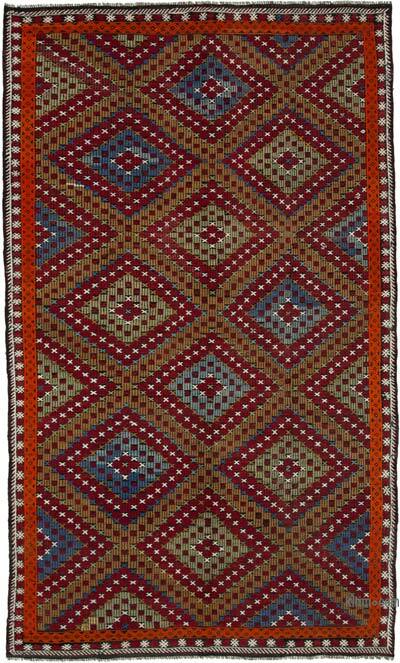


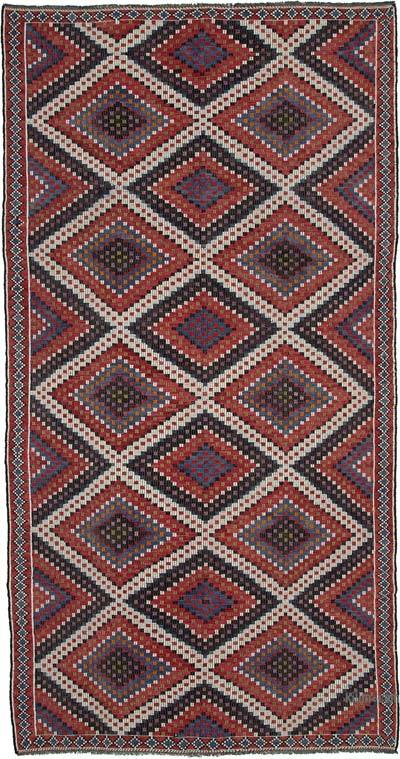
Exceptional